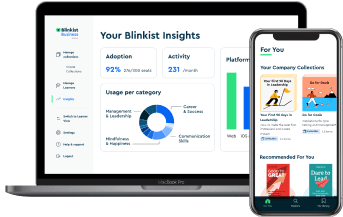Craig will never forget the day in 1947 when his mother, a struggling divorcée, drove him to the home for troubled boys outside of Chicago. He was six, and terrified. Despite the initial fear, Craig remembers his years there fondly – not least for the sometimes erotic friendships that developed between the boys. Sex play was common enough that even the nonsexual boys would walk the grounds holding hands. Craig came to see sex between males as natural.
Yvonne was raised in Brooklyn by an outspoken Black woman who wasn’t afraid to stand up for what was right. Yvonne had her mother’s spirit, too: she refused to be baptized at age 12 because she didn’t believe in God. She also felt confident in her sexuality – at age 13 she announced at the dinner table that she was a lesbian. Her parents pretended that they hadn’t heard her.
Karla’s parents were distant. Her primary role model was an aunt who had been a vaudeville singer and who drove a car – highly unusual for Brooklyn women in the 1950s. She also cursed like a sailor, told dirty jokes, and even played touch football with the boys. Karla, too, had no patience for traditional gender roles. She’d rather roughhouse in the street than play with the dolls her mother gave her.
Jim was a beautiful boy; he was even selected as a Gerber baby-food model. As a teen he became involved in politics, including a stint for anticommunist Senator Joseph McCarthy – something he later became deeply ashamed of. Campaigning required Jim to hitchhike across his hometown of Providence, Rhode Island. He quickly learned that in exchange for a blow job, men would happily drive him anywhere.
When Ray was three, his mother drank a glass of milk laced with rat poison in their Spanish Harlem apartment and instructed him to do the same. It tasted so bad that he couldn’t drink it, so she drank his glass instead. She was 22. Ray went to live with his grandmother, whose neighbors noticed his effeminacy and teased him about it. By age ten he was regularly having sex with a married man down the block. He started wearing his grandmother’s makeup in fourth grade, but no one noticed except one of his teachers, who performed sex acts with him in the back seat of his car. In sixth grade, Ray left home for good and headed straight for 42nd Street, where he’d heard that people like him hung out.
Foster, older than the others, was from a family rich in money but not in love. Foster internalized his parents’ constant hectoring and was mired in self-doubt. He was also academically gifted, which led him to Columbia University. By the age of 20, he knew he was gay. But he was so mixed up about sex that he was celibate nearly his whole life. This might account for his eventual zealous commitment to organizing the nascent gay movement.



